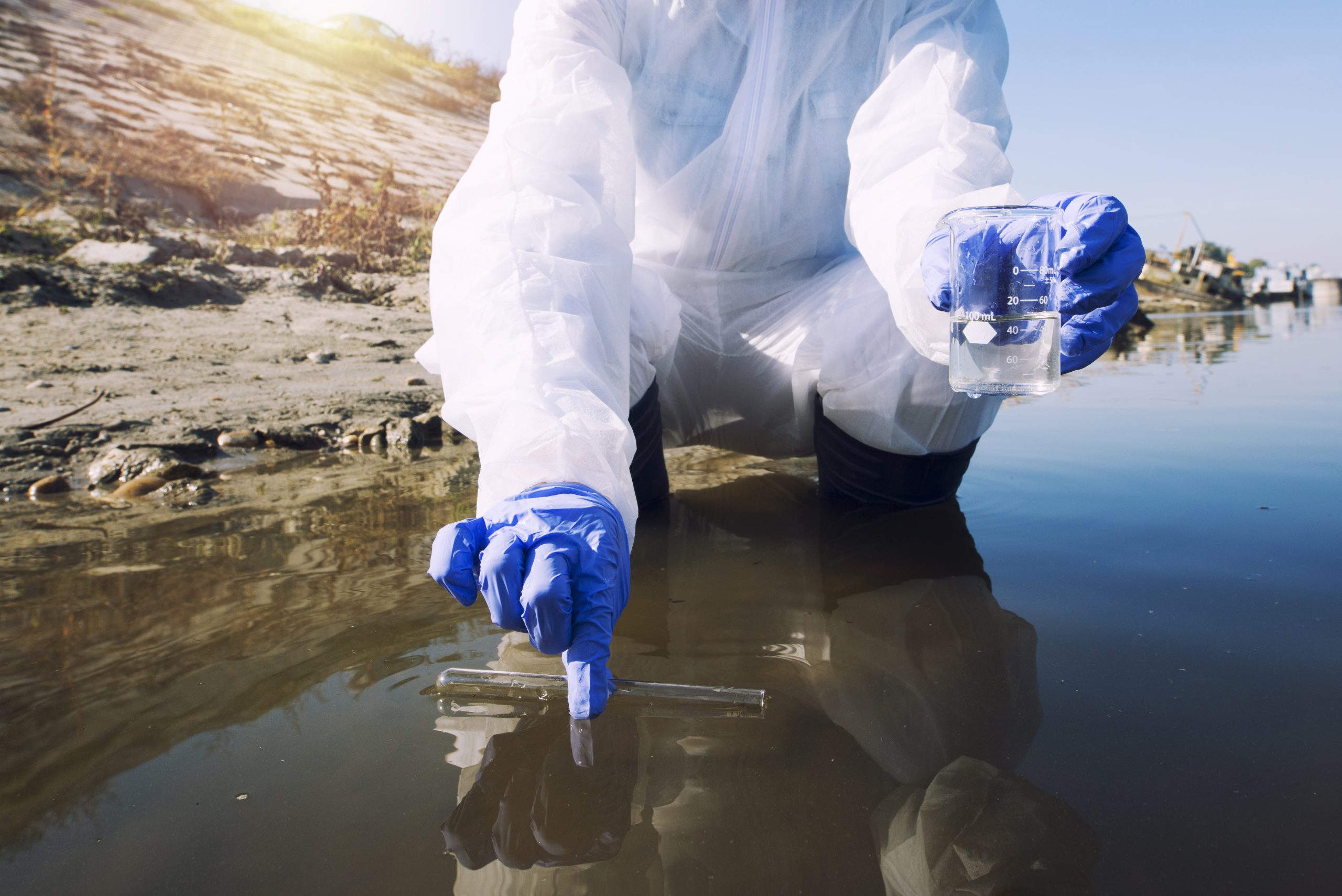
Environmental and environmental health survey of water sources and lakes and providing solutions to reduce these effects.
The environmental problems of the world, especially the negative effects on the quality and supply of drinking water, are among the issues that have caused many concerns. These problems can lead to destruction of water resources in different ways. for example:
1. **Water pollution:** The disposal of waste, chemicals and garbage into water sources can increase water pollution and threaten human health and the environment.
2. **Decreasing biodiversity:** Destruction of water resources can reduce biodiversity in aquatic ecosystems and negatively affect the ecological balance.
3. **Reduction of fresh water resources:** Destruction of water resources can lead to reduction of fresh water resources and increase the need for fresh water.
4. **Destruction of aquatic habitats:** Human activities such as building dams and changing land use can destroy aquatic habitats and lead to the destruction of aquatic habitats.
5. **Increasing the risk of water crisis:** With the destruction of water resources, the risk of water crises increases, which can lead to a lack of fresh water and economic and social problems.
Considering these problems, measures such as sustainable management of water resources, pollution control, protection of biodiversity and implementation of environmental laws and regulations are very vital. These measures can help preserve water resources and provide quality and sustainable drinking water and help preserve human health and the environment.
Destructive effects on water sources, especially lakes and fresh water sources, can have very serious effects on the environment and humans. In order to investigate the environmental health of water sources and lakes, the factors that lead to the destruction of water sources must first be identified. These factors can include water pollution, habitat destruction, climate change, and human activities such as forest destruction and overuse of water resources.
Then, to reduce these destructive effects, strategies such as:
1. **Sustainable management of water resources:** Implementation of plans and strategies for sustainable management of water resources to maintain and improve water quality and protect fresh water resources and lakes.
2. **Pollution Control:** Taking measures to control and reduce sources of water pollution, including water filtration, wastewater treatment and waste management.
3. **Biodiversity protection:** Creating and maintaining valuable aquatic habitats, in order to maintain biodiversity and ecological balance.
4. **Promoting the use of optimal water resources:** Training and promoting the optimal use of water resources, preventing water wastage and increasing the efficiency of water use.
5. **Implementation of environmental laws and regulations:** Strict implementation of environmental laws and regulations, in order to prevent activities that pollute and destroy water sources.
These measures can help maintain and improve the quality of water resources, protect biodiversity and provide quality and sustainable water resources. These measures not only help the environment but also give special importance to human health.
